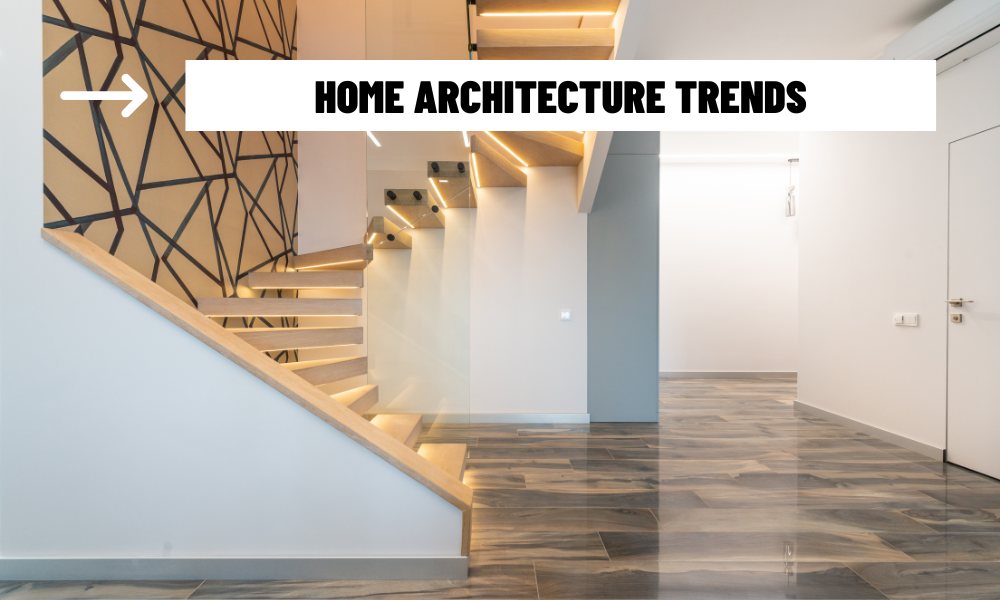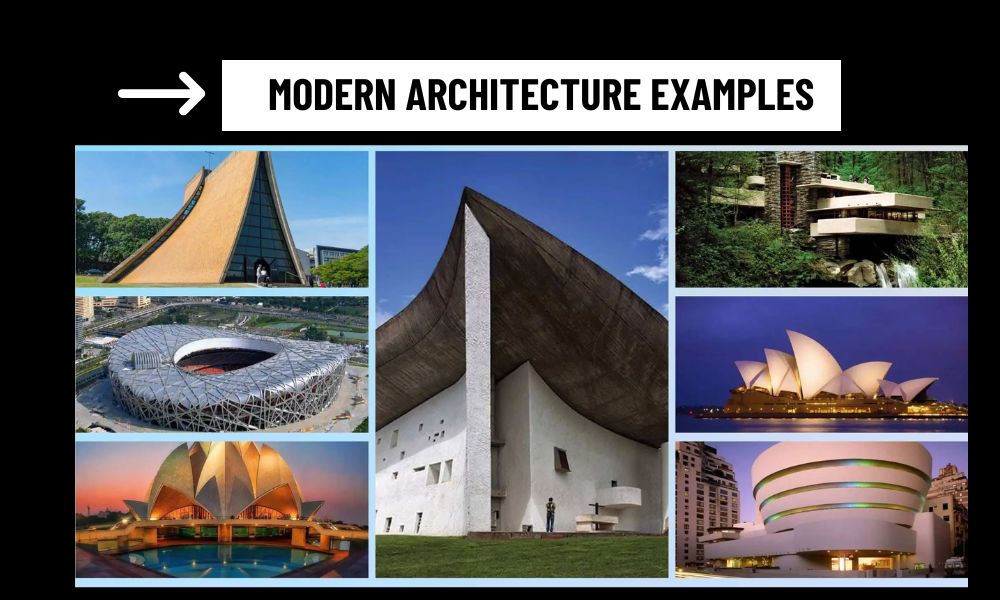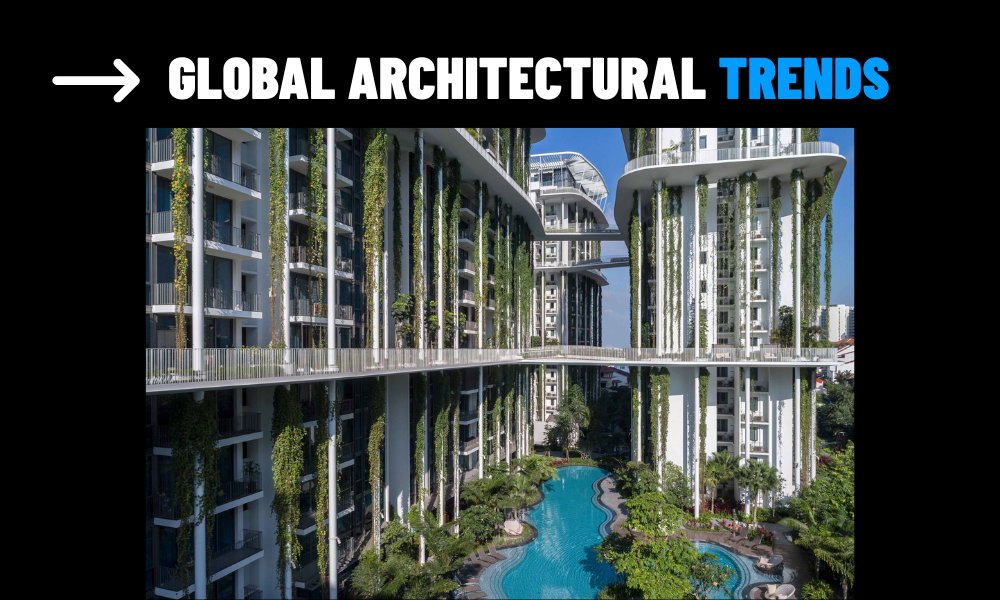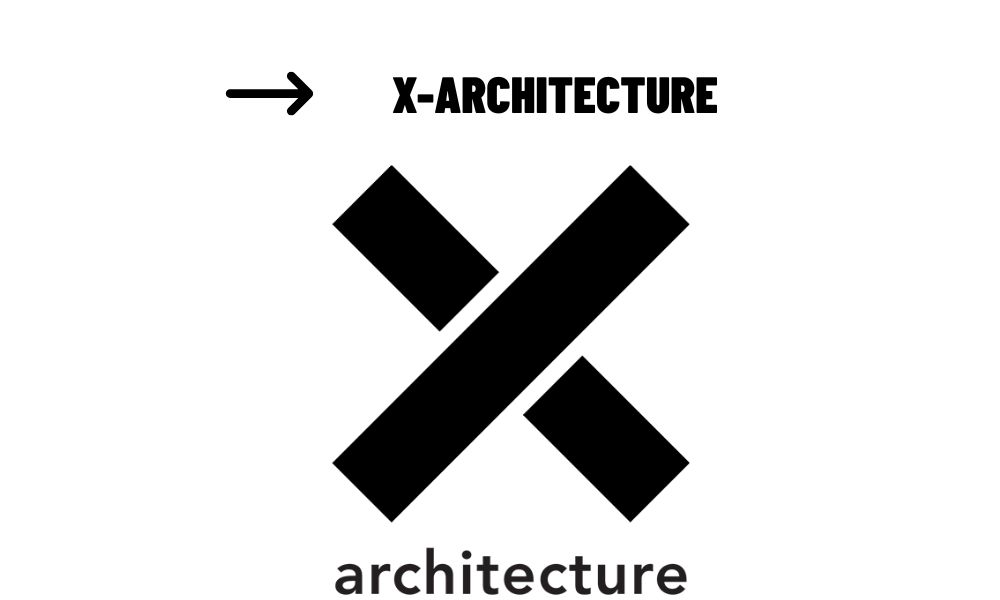As we navigate a rapidly changing world, our homes are evolving to meet new demands for sustainability, flexibility, and personal well-being. The home architecture trends of 2025 reflect these priorities, blending innovation with aesthetics to create spaces that are as functional as they are inspiring. From modular homes to wellness-centric designs, these trends are setting the stage for the future of living.
Contents
Key Home Architecture Trends for 2025
Here are the defining trends shaping residential design in 2025, each addressing modern needs and aspirations:
1. Modular and Prefabricated Construction
Modular homes are gaining popularity for their efficiency and versatility. Key features include:
Factory-Built Modules: Pre-constructed units are assembled on-site, cutting build time by up to 50%.
Scalable Designs: Homeowners can add or reconfigure modules as needs change.
Eco-Friendly Processes: Reduced waste and energy use align with sustainability goals.
Why It Matters: Modular homes address housing affordability and urbanization, offering customizable solutions for diverse budgets.
2. Wellness-Centric Design
Homes are becoming sanctuaries for health and relaxation. Features include:
Dedicated Wellness Spaces: Yoga studios, meditation rooms, or soundproof retreats with calming colors.
Air and Water Purification: Advanced filtration systems improve indoor air quality.
Ergonomic Design: Adjustable furniture and lighting support physical comfort.
Why It Matters: With mental health a growing concern, wellness-focused homes promote calm and productivity.
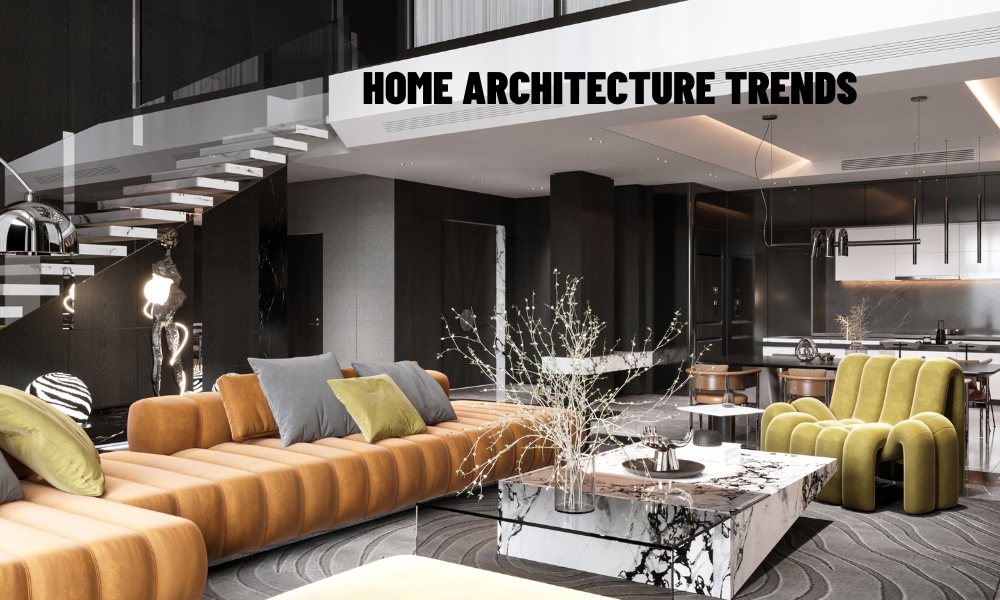
3. Adaptive Reuse and Historic Preservation
Converting old structures into modern homes is a sustainable trend. Characteristics include:
Repurposed Buildings: Warehouses, barns, or factories transformed into residences.
Blended Aesthetics: Exposed brick or beams paired with modern finishes.
Community Impact: Preserving historic structures maintains cultural heritage.
Why It Matters: Adaptive reuse reduces environmental impact and creates unique, character-filled homes.
4. Bold Textures and Mixed Materials
Textures are taking center stage, adding depth and personality. Features include:
Tactile Surfaces: Terrazzo, exposed concrete, and woven textiles create visual interest.
Material Contrasts: Combining wood, metal, and glass for dynamic interiors.
Statement Walls: Textured wallpapers or stone cladding elevate focal points.
Why It Matters: Bold textures allow homeowners to express individuality while maintaining warmth and sophistication.
5. Compact and Multi-Functional Living
With urban spaces shrinking, compact designs are thriving. Key elements include:
Space-Saving Furniture: Foldable beds, extendable tables, and built-in storage.
Multi-Use Rooms: Home offices that double as guest rooms or gyms.
Micro-Architecture: Tiny homes or backyard pods for additional living space.
Why It Matters: Compact solutions maximize functionality in small spaces, ideal for city dwellers and minimalists.
6. Resilient and Climate-Adaptive Design
Homes are being built to withstand environmental challenges. Features include:
Storm-Resistant Materials: Reinforced concrete and impact-resistant windows.
Elevated Structures: Raised foundations protect against flooding.
Water Harvesting: Rainwater collection systems for sustainable water use.
Why It Matters: As climate events intensify, resilient designs ensure safety and longevity.
Why These Trends Are Shaping the Future
The home architecture trends of 2025 are driven by:
- Sustainability: Modular and adaptive reuse designs minimize waste and preserve resources.
- Urbanization: Compact and modular solutions address space constraints in cities.
- Wellness: Health-focused designs respond to post-pandemic priorities.
- Resilience: Climate-adaptive homes prepare for environmental uncertainties.
Real-World Inspirations
Modular Homes: Dwellito’s modular homes in the U.S. offer sleek, customizable designs for first-time buyers.
Wellness Spaces: The WELL Building Standard inspires homes with meditation pods, like those in Austin’s eco-villages.
Adaptive Reuse: London’s Coal Drops Yard, a former industrial site, now houses modern residences with historic charm.
Compact Living: Japan’s Muji Huts provide minimalist, multi-functional tiny homes for urbanites.
Practical Ways to Adopt These Trends
Incorporate home architecture trends with these actionable steps:
- Go Modular: Partner with prefab companies like Plant Prefab for affordable extensions or full homes.
- Design for Wellness: Create a meditation nook with soft lighting and acoustic panels. Consult interior designers for custom solutions.
- Repurpose Spaces: Transform a garage or shed into a living area with reclaimed materials. Check local regulations for conversions.
- Add Texture: Install a terrazzo countertop or woven wall hanging. Browse design blogs for inspiration.
- Optimize Small Spaces: Use Murphy beds or modular shelving. Explore IKEA’s space-saving collections.
- Build Resiliently: Upgrade to storm-proof windows or add a rainwater harvesting system. Work with architects specializing in climate-adaptive design.
Adopting these trends may involve:
- Budget Constraints: Modular homes and wellness features can be costly, though long-term savings offset initial expenses.
- Regulatory Hurdles: Adaptive reuse projects may face zoning or heritage restrictions.
- Maintenance Needs: Textured surfaces or wellness systems require upkeep.
- Mitigate these by researching costs, consulting professionals, and prioritizing trends that align with your budget and lifestyle.
The home architecture trends of 2025 are paving the way for innovative, sustainable, and human-centered living. From modular homes and wellness retreats to adaptive reuse and resilient designs, these trends offer creative solutions for modern homeowners. By embracing these ideas, you can create a home that’s stylish, functional, and ready for the future.
